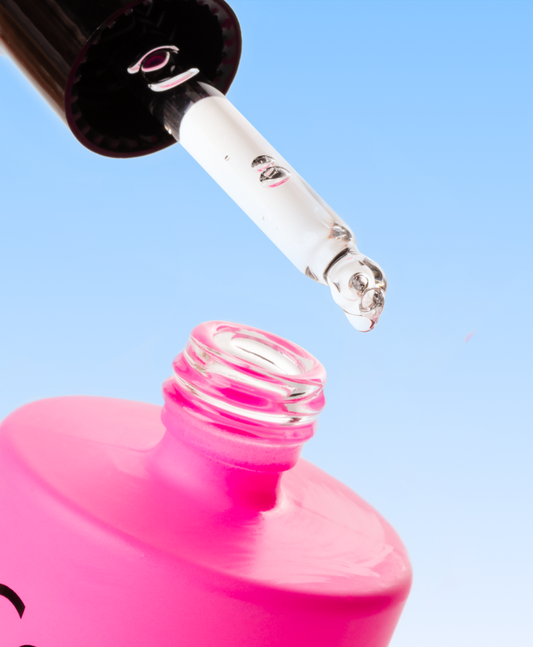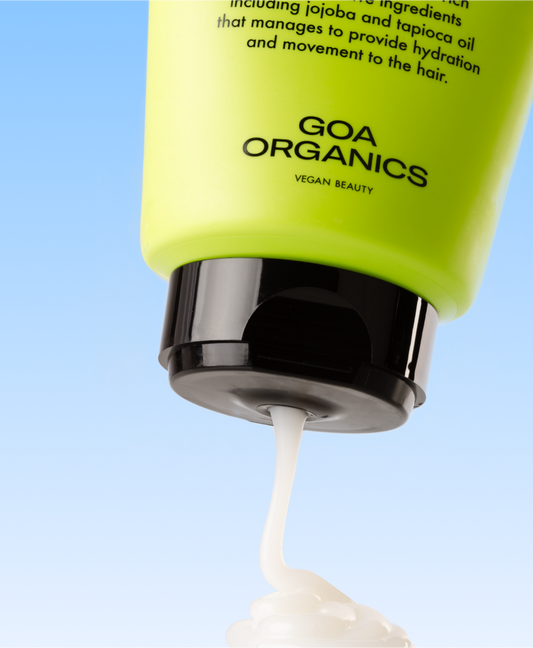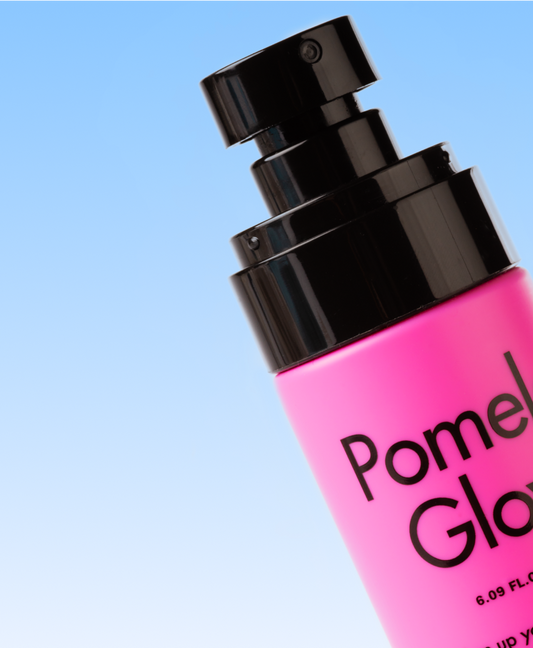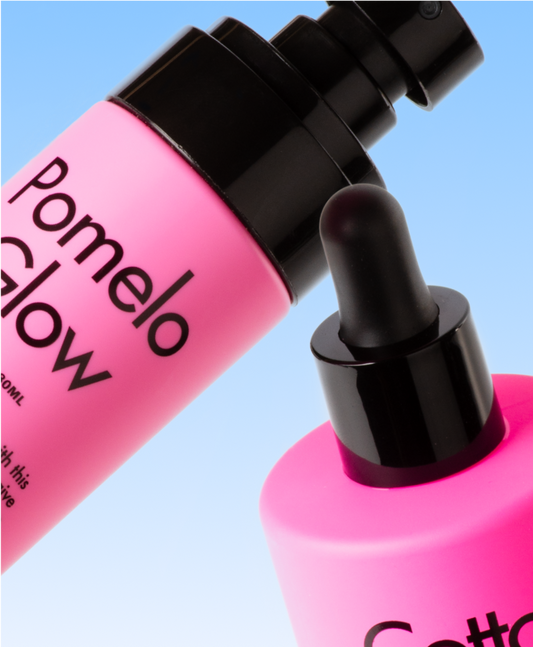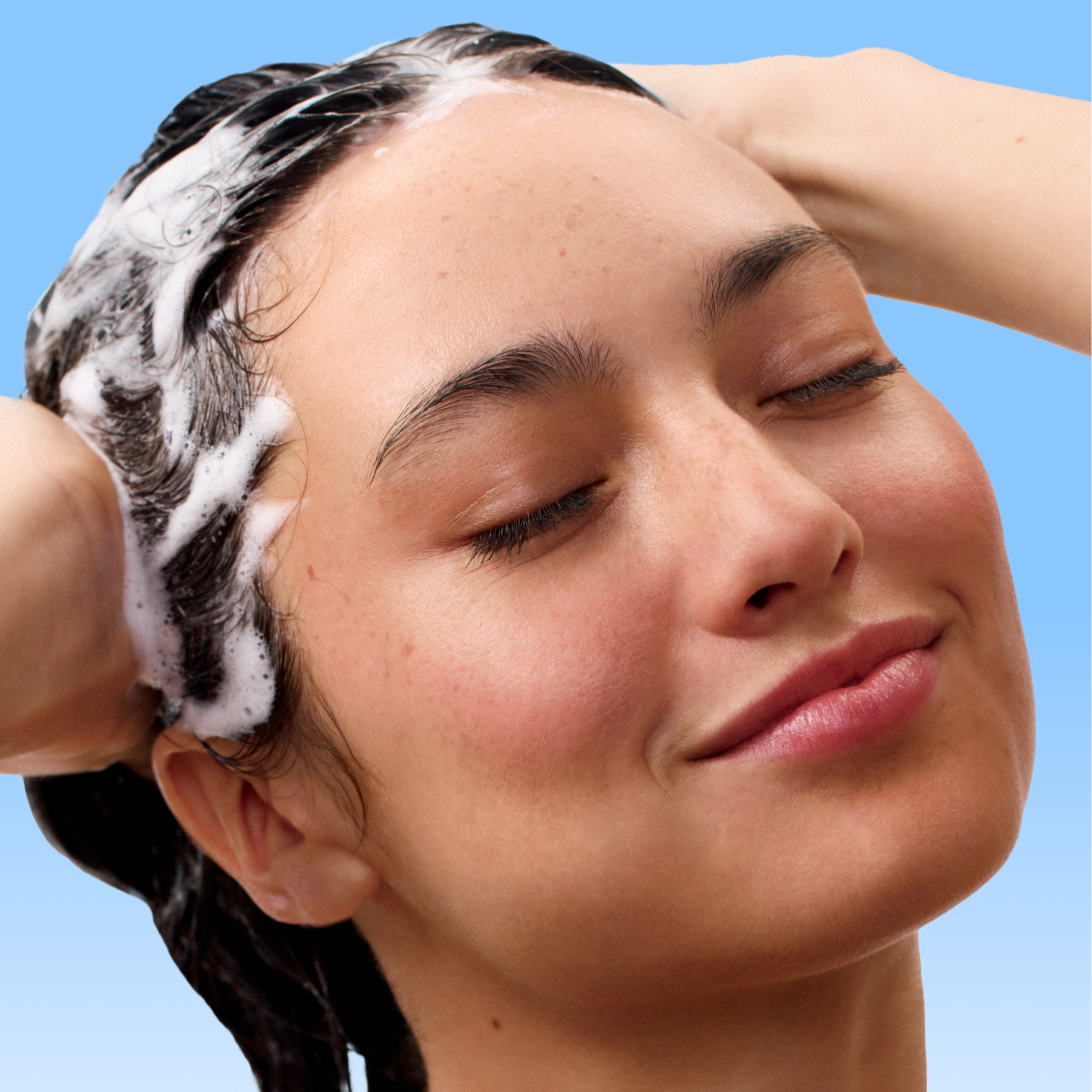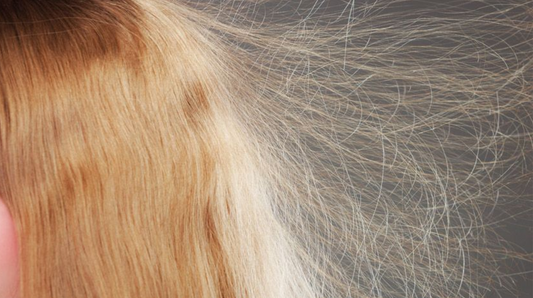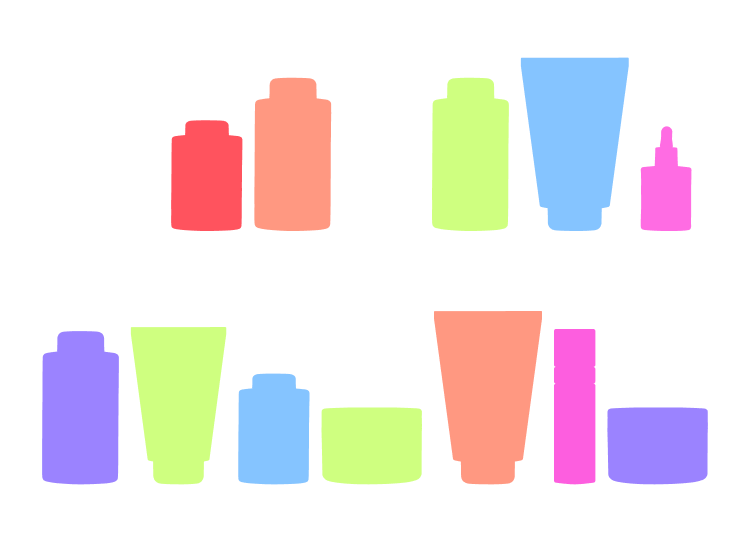Sulfates are surfactants that are added to most cleaning products for their emulsifying, moisturizing, foaming and detergent properties.
Today we want to make a more specific post on this subject because many of you write to us because you confuse or misinterpret sulfates with other surfactants. Surfactants provide cleaning and foam and sharing a word is not synonymous with being the same ingredient. Sulfates all end in SULFATE.
Today we want to make a more specific post on this subject because many of you write to us because you confuse or misinterpret sulfates with other surfactants. Surfactants provide cleaning and foam and sharing a word is not synonymous with being the same ingredient. Sulfates all end in SULFATE.
For example:
- Sodium Methyl Cocoyl Taurate shares the word Sodium with Sodium Laureth Sulfate and they have nothing to do with each other as Sodium Methyl Cocoyl Taurate is NOT a sulfate.
- Sodium C14 Olefin Sulfonate shares the word Sodium and sulfonate starts with SULF as sulfate, but they are not the same molecule, they are not from the same family and they are not a sulfate.
Let's go there!

Are they toxic?
No! The American Cancer Society, the FDA, the European Commission and the Agencia Española del Medicamento y el Producto Sanitario (AEMPS) allow both the use of sulfates SLS as well as SLES in cosmetic products, and there are no studies linking cancer to their use.. In GOA ORGANICS we do not use them and we will not tire of saying it, not because of their toxicity but because all our shampoos are formulated to maintain the professional treatment . Keratin Infusion professional treatment and because we are committed to a gentler cleansing.
So we should not take for granted the aggressiveness of a shampoo because of the surfactants it contains, because WHAT IS ALWAYS IMPORTANT IS THE WHOLE FORMULA.
Advantages of sulfates
-
They effectively remove dirt from our body and hair.
- It is cheap and effective.
Disadvantages of sulfates
- They can cause dryness and dandruff, especially in sensitive skins.
- They cause faster loss of hair dyes and hair treatments such as straightening.
- They make hair much more brittle.
How to identify them in cosmetics
They are easy to spot because in the list of ingredients (INCI) they have names ending in -sulfate. They are usually among the first three ingredients, after water.
There are many sulfates but the most common ones in shampoos are:
Sodium Lauryl Sulfate | Sodium Laureth Sulfate Sodium Coco Sulfate : Sodium Laureth Sulfate : Ammonium Laureth Sulfate Ammonium Laureth Sulfate e0efff

Alternatives to Sulfates
Sulfunates or Sulfosuccinates
These two components ARE NOT SULPHATES! They have similar qualities, but they are not the same. The most commonly used are olefin sulfonate C14-16 or disodium laureth sulfoccinate. They remove dirt, but more gently than a sulfate, so they do not cause irritation and are gentler on the scalp.
How to recognize them in shampoos and shower gels?
Sodium C14 Olefin Sulfonate, Disodium Laureth Sulfoccinate, Sodium Laurylglucosides Hydroxylpropylsulfonate and Sodium Decylglucosides Hydroxylpropylsulfonate.
Taurates
They have medium detergency. A good choice if you are looking for low detergency and low irritancy. You will find them in the ingredient list like this: Sodium Methyl Cocoyl Taurate.
Sarcosinates, Sorbitan and Glutamates
They provide medium-low detergency and are non-irritating and low foaming. INCI: Sodium acyl Sarcosinate/ Sodium Lauroyl Sarcosinate/ Polysorbate-20/ Disodium Cocoyl Glutamate.
Amphoacetates, Glucosides and Isethionates
All three have a medium detergency and do not cause irritation. Their appearance in the product makes the price higher. INCI: Sodium lauroamphoacetate, Sodium Cocoamphoacetate, Decyl Glucoside, Sodium Cocopolyglucose Tartrate, Sodium Cocoyl Isethionate.
